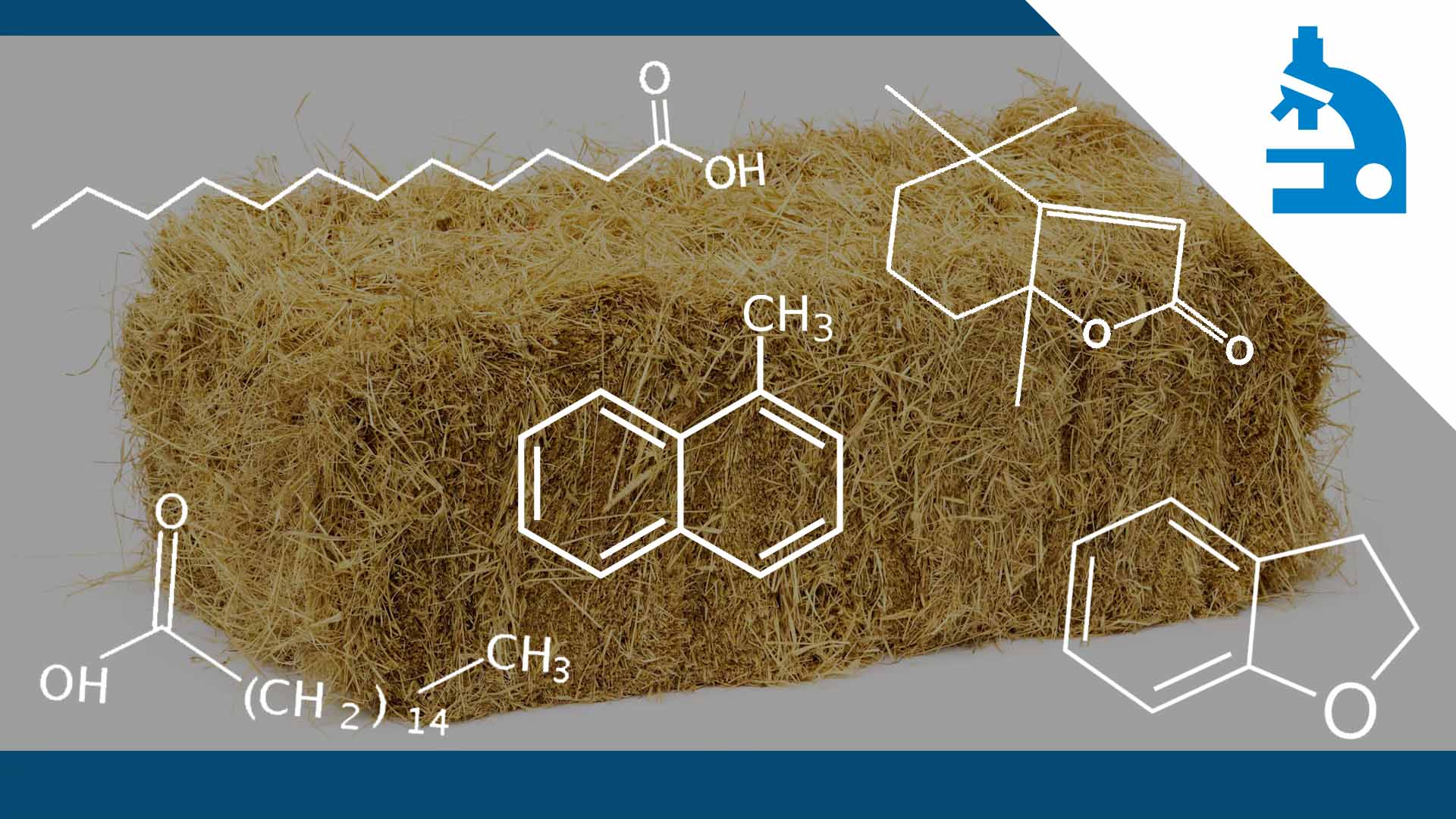Algae Corner: "What Is It?" - Amazing Amoebas
Welcome back to the Algae Corner! On this episode of “What Is It,” we're talking about amazing amoebas. These are really cool and I’m excited to share some info about them.
Want to get Algae Corner Updates? Get the latest news by subscribing to our channel:
Amorphous and Many Classifications

These are amorphous single cell eukaryotic organisms and actually span many different kingdoms of classification. They sort of look like weird blobs in the water. There's no cell wall, no mouth, no front, and no back.
Shape-Shifters

Amoebas can alter their shape by extending and retracting their pseudopods, and they also use these pseudopods to move. That process is called amoeboid movement. They basically just push out their cytoplasm into the pseudopods and move along like a blob. They pile all their mass in, and use it to move around.
Simple Organisms

There's not much to amoebas, they’re fairly simple. They have a nucleus with DNA in it, and some mitochondria and vacuoles. They eat by a process called phagocytosis. Essentially they push out their membranes, the pseudopods, and engulf whatever they can like bacteria and algae.


In this instance, an amoeba actually bumped into a cryptomonad alga, and you can see the amoeba moving around it, getting into its biomass, and capturing it. Now it’s going to digest it and eat it in its cytoplasm. Pretty amazing amoebas, indeed!
Most Are Benign

Most of the amoebas you’ll find in lakes, ponds, and elsewhere are pretty benign. They’re fairly common in water bodies and pretty neat organisms to study. However, there are a couple that are quite terrible, and can really cause harm. We aren’t going to get into that today, but it’s definitely worth noting and potentially discussing in a future episode.
From all of us here at SePRO, thank you for tuning into this unique and fun episode of “What Is It” on amazing amoebas.







